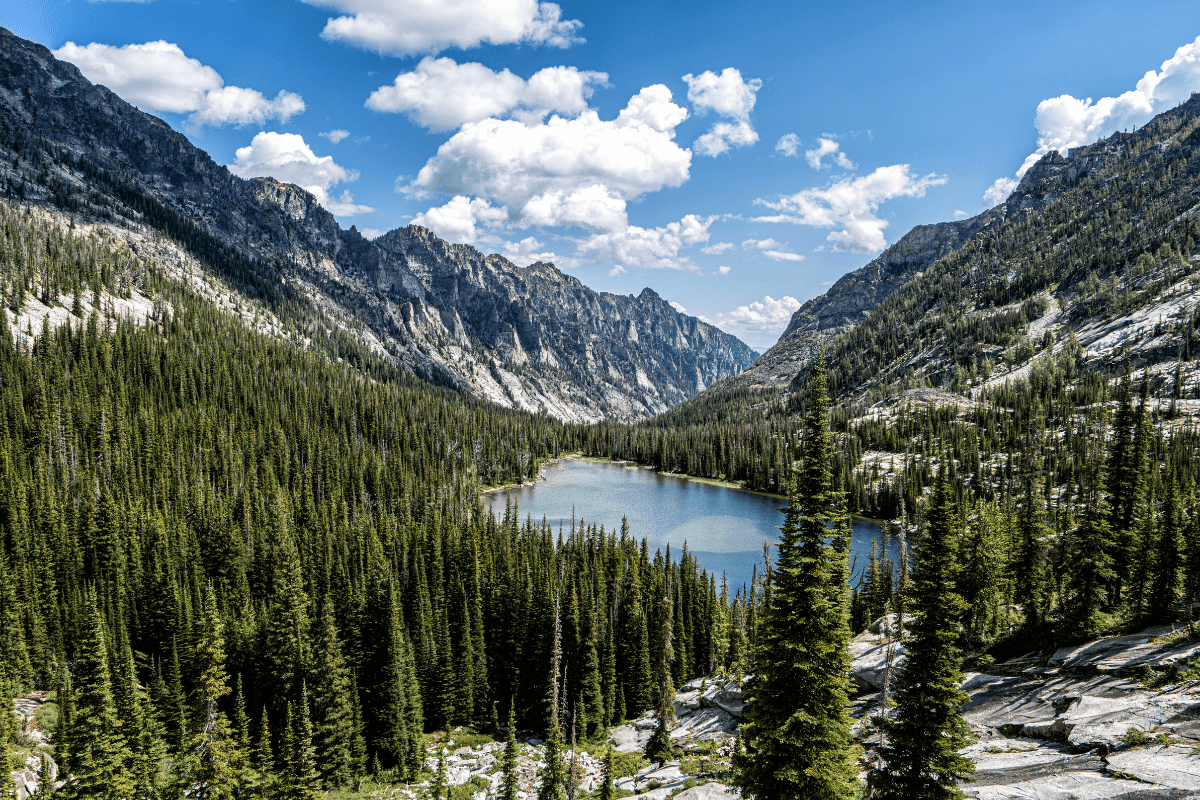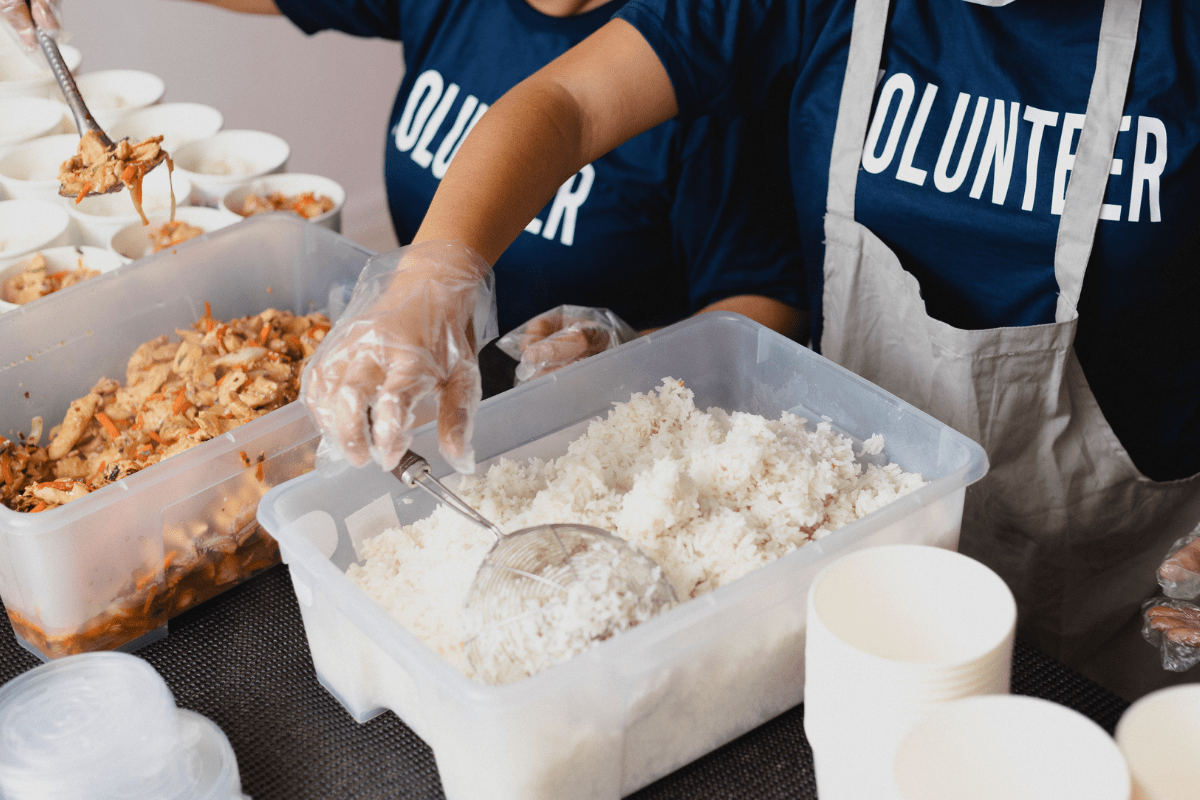Let's be honest: choosing where to buy a home in Missoula feels like picking a favorite child… if you had 20 children and they all had wildly different personalities and price tags. From the $340,000 starter homes in Westside to the $793,700 mountain retreats in Upper Rattlesnake, Montana's Garden City offers something for everyone, assuming "everyone" has figured out how to navigate a market where only 34 homes sold below $300,000 last year.
The current Missoula housing market: Finally catching its breath
After years of feeling like you needed to write offers in your car while touring homes, Missoula's real estate market has entered what experts call a "stabilization phase" in 2025. Translation: you might actually have time to think before making one of the biggest financial decisions of your life.
Market conditions that actually favor buyers (sort of)
The median home price sits at $625,000 citywide, but here's the interesting part: price appreciation has slowed to just 2.25% annually. Compare that to the 28% jump in 2021, when buying a house felt like participating in a reality TV show where the prize was the ability to pay a mortgage.
Inventory has reached four months for the first time since 2015, which means you might see the same house listed for more than 48 hours. Mandy Snook from Montana Home & Land Company notes that "Missoula's housing market demonstrated resiliency by maintaining value despite nearly three years of interest rates that are nearly double what we saw during the pandemic." That's realtor speak for "at least prices aren't dropping while your interest rate makes you cry."
The sweet spot nightmare remains the $300,000 to $750,000 range, which local expert Brint Wahlberg of Windermere Real Estate describes as "severely undersupplied". Meanwhile, luxury homes above $1 million are sitting on the market for 15+ months, apparently waiting for California tech workers to discover Montana has winter.
Where your money goes furthest (and where it doesn't)
Understanding Missoula's neighborhood pricing feels like decoding a secret menu at your favorite restaurant. Some areas offer genuine value, while others… well, let's just say you're paying for the privilege of telling people where you live.
The affordable end: Yes, it exists
Believe it or not, two Missoula neighborhoods still maintain median prices below $400,000. The Northside comes in at $377,000 median, though it's experiencing major transformation with the Scott Street-Ravara development bringing 89 ownership units and 220 apartments. Think of it as buying Amazon stock in 1999, except instead of stock, it's a house next to future development.
The Westside wins the affordability crown at $340,000 median, though locals will gently mention it has "character" and "authentic Montana vibes," which sometimes translates to "check the crime statistics."
For those shopping in the middle range, Sxʷtpqyen (the area along Mullan Road west of Reserve) offers homes around $550,000 and recorded 162 transactions last year, making it the sales volume champion. Recent federal BUILD grant infrastructure improvements have modernized the area, which is government speak for "the roads no longer look like they survived a meteor strike."
Rose Park, with its quirky street grid angled 46 degrees from true north (because why not?), sits around $560,000. This neighborhood boasts a Walk Score of 63, making it Missoula's fourth most walkable district, perfect for those who want to casually stroll to coffee shops while contemplating their mortgage payment.
Schools: Where test scores meet reality
If you have kids, or are planning to have kids, or just really care about property values, Missoula's school situation deserves your attention. The good news? Some schools are exceptional. The challenging news? The district faces an $8 million budget shortfall that threatens programs and positions.
Elementary excellence (in select locations)
Rattlesnake Elementary reigns supreme with 71% math proficiency compared to Montana's 35% average. Their 76% reading proficiency makes other schools look like they're teaching in hieroglyphics. Naturally, this excellence comes with a price tag… Upper Rattlesnake homes average $793,700, because apparently good test scores are worth their weight in gold, or at least in Montana real estate.
The newer Jeannette Rankin Elementary, built in 2019, serves South Missoula's Bigfork Road area and has quickly become another top performer. Meanwhile, Paxson School in the University District maintains 62% proficiency rates while serving a more diverse population, proving that proximity to college students doesn't automatically lower test scores.
High school options include Sentinel (ranked #6 statewide) and Hellgate (#7), whose choir performed at Carnegie Hall in 2024. Big Sky High School ranks #28 but offers specialized programs including a Health Science Academy, perfect for future doctors who want to practice their bedside manner on classmates.
For those considering private education, Loyola Sacred Heart High School offers a 9:1 student-teacher ratio and 99% four-year college attendance rate for $7,510 annually, which might actually seem reasonable after looking at home prices.
Safety statistics that might surprise you
Let's address the elephant in the room, or rather, the bear in the backyard (yes, that's a real thing in some neighborhoods). Missoula's overall crime rate of 44 per 1,000 residents runs 79.8% higher than the national average, but before you panic and move to a bunker in the woods, understand that safety varies dramatically by neighborhood.
The safest spots for the security-conscious
Farviews and Pattee Canyon earn top marks for safety, though good luck finding available homes there. Upper Rattlesnake offers residents just a 1 in 240 chance of experiencing violent crime, though you're more likely to encounter a black bear than a burglar. Despite the name, no actual rattlesnakes live in the Rattlesnake area, which feels like false advertising but in the best possible way.
The Lower Rattlesnake area benefits from established residential character and active community watch programs. Basically, your neighbors will notice if someone unfamiliar shows up, which is either comforting or creepy depending on your perspective.
Downtown's Heart of Missoula district earns an F safety grade with 99.29 crimes per 1,000 residents, costing residents an estimated $1,193 annually in crime-related expenses. That's like paying an extra monthly subscription service, except instead of Netflix, you get… well, you get to live downtown where everything happens.
The good news? Project Safe Neighborhoods has reduced violent crime by 25.7% since 2018, though property crimes have increased 5-6% recently, suggesting criminals have shifted from confrontation to stealth mode.
Getting around: Bikes, buses, and broken sidewalks
Missoula earned a Gold Level Bicycle Friendly Community designation, which sounds impressive until you realize 60% of sidewalks citywide are missing. It's like being awarded "Best Pizza in Town" when you only serve calzones.
The Mountain Line bus system has been free since 2015, carrying 1,337,400 annual riders across 12 routes. During peak hours, main corridors see buses every 15 minutes, which is more frequent than some people check their phones (almost).
Rose Park deserves special mention with 10.4% of residents commuting by bicycle, placing it in the 99.7th percentile nationally. Either these folks really love exercise or they've discovered something about bike commuting the rest of us haven't.
Neighborhood personalities: Finding your tribe
Each Missoula neighborhood has developed its own distinct character, kind of like how your friend group has that one person who brings homemade kombucha to parties and another who thinks camping means a hotel without room service.
University District: Where student life meets real life
With a median price reaching $1.04 million in July 2024, the University District isn't exactly student housing anymore. Half the residents are aged 15-24, creating a dynamic atmosphere where yoga studios neighbor dive bars and everyone pretends to understand cryptocurrency.
Bonner Park anchors the neighborhood with an inclusive playground and splash deck, plus weekly summer concerts by the Missoula City Band. The Madison Street Footbridge connects you to downtown, assuming you can navigate around the students who treat it like a social gathering spot rather than a transportation route.
Rattlesnake Valley: Choose your own adventure
The Rattlesnake area splits into two personalities. Lower Rattlesnake features 20 blocks of historic homes on the National Historic Register, perfect for those who want to casually mention their home's historical significance at dinner parties.
Upper Rattlesnake offers direct access to the 32,000-acre Rattlesnake Recreation Area, where residents regularly encounter deer and black bears. The PEAS Farm community garden and extensive trail systems create an outdoor-focused lifestyle that justifies the $793,700 median price, or at least that's what you'll tell yourself while signing mortgage papers.
Rose Park: Quirky by design
Rose Park's streets are angled 46 degrees from true north specifically to reduce through traffic, because apparently normal street grids are too mainstream. Triangle Park features a meditation labyrinth built from salvaged materials, which is either deeply meaningful or something you'll never use but appreciate exists.
With 63.9% of residents maintaining commutes under 15 minutes, Rose Park offers that rare combination of urban accessibility without downtown prices. The Rose Memorial Park honors Korean War veterans while providing the neighborhood's signature rose gardens, because nothing says "Montana" like memorial roses, apparently.
The transformation zones
The Northside is experiencing major changes with the Scott Street-Ravara development adding 89 ownership units, 220 apartments, and 30,000 square feet of commercial space. It's like watching a neighborhood hit puberty… awkward now, but potentially attractive later.
East Missoula has been designated for "Urban Residential High" density in the 2045 Land Use Plan, with $24 million in Highway 200 improvements coming through federal grants. The Aspire Subdivision plans 250 homes through 2035, suggesting this area might be Missoula's next "I knew it when" neighborhood.
Future developments that could change everything
Missoula approved 1,022 new residential lots in 2024, the highest in 10 years, though the 599 building permits issued fall short of the 1,100-1,500 units needed annually. It's progress, just not enough progress to make housing actually affordable.
Major projects reshaping the landscape include:
- Wildroot in South Hills (450 mixed units)
- Scott Street-Ravara (309 total units)
- Grass Valley Gardens agrihood concept
- Multiple infrastructure improvements citywide
- Transform Brooks-Connect Midtown transit project
The city's growth policy calls for 22,000 new homes by 2045, which sounds ambitious until you realize that's still 20 years away and your kids might be buying those homes, not you.
Making your neighborhood decision
After digesting all this information, you might feel like you need a spreadsheet, a therapist, and possibly a fortune teller to make your decision. Here's the practical breakdown:
For families with kids: Lewis and Clark neighborhood offers established infrastructure, top-rated schools, and Playfair Park with soccer fields and the Glacier Ice Rink. Grant Creek provides larger lots with mountain views if you can afford the premium.
For young professionals: Downtown delivers that "dynamic mix of cultural attractions, dining, shopping, and entertainment" that sounds like it was written by a tourism board but is actually accurate. The University District offers historic charm plus rental income potential from student tenants who will definitely not throw parties.
For retirees: South Hills provides upscale properties with valley views, while Rattlesnake Valley combines natural beauty with established safety profiles. Both areas offer the peace and quiet you've earned, assuming you can afford them.
For investors: The Northside's transformation potential at the lowest prices makes it attractive for those willing to bet on future development. Southgate Triangle's 0.5-month absorption rate indicates intense demand, while East Missoula offers long-term appreciation potential.
For first-time buyers: Unless you have generous parents or won the lottery, focus on Northside ($377,000) or Westside ($340,000). Yes, they have challenges, but they also have something even more valuable… price tags that won't require selling a kidney.
The reality is that Missoula's neighborhood choice often comes down to what you can afford rather than what you want. But within your budget, you'll find neighborhoods with distinct personalities, from Rose Park's artistic quirkiness to Upper Rattlesnake's outdoor paradise. The market has finally stabilized enough that you can take a breath, do your research, and make a decision based on more than just "this is the only house available in my price range."
Remember, you're not just buying a house; you're buying into a community. Whether that community involves meditation labyrinths, black bear sightings, or college students using your lawn as a shortcut, well… that's what makes Missoula interesting. Welcome to the neighborhood search, where every choice is a compromise, but at least the mountains are beautiful from everywhere.





